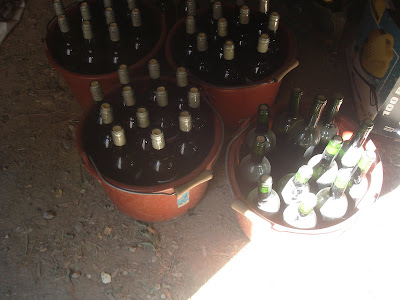
It was no intention of mine to end up in Walton, New York in 2005. It was a true twist of fate, one that reminds me that I have less control over my life than I’d like to think. So be it. Since, I’ve spent almost every weekend here, and in the summer, weeks at a time.
In my head, the story about myself went like this: I would work in a lofty studio in the city, while simultaneously tending to social demands, financial demands, family demands with great ease and satisfaction. All of it would culminate in full recognition and appreciation of moi, and I would become a deep, enlightened soul.
As it is: I make work when I can, which is surely not enough, and mostly fail my friends, finances and family. That said I’m still working on deepening my soul. Whether this will culminate in recognition and appreciation of moi is to be decided, it will definitely not be definitive, and actually not that interesting.
Being here feels lonely – or rather alone. Because there’s no one here to tell me if what I’m doing is right. And nothing happens here, so how could I do anything of consequence. And then, what about my shifting sense of “of consequence” anyway.
But every now and then, I get a flash of reassurance. Philip Guston isolated himself in Woodstock; and look at how Chris Martin signed his painting above.














